Water level sensor in the Indesit washing machine: checking, adjusting and replacing with your own hands

If the water level sensor (pressure switch) breaks down, the Indesit washing machine may simply freeze during washing and stop further actions. To solve the problem on your own, you should understand how the device is organized, what purpose it has. Let's find out how to check the sensor in the washing unit yourself, adjust and repair it.
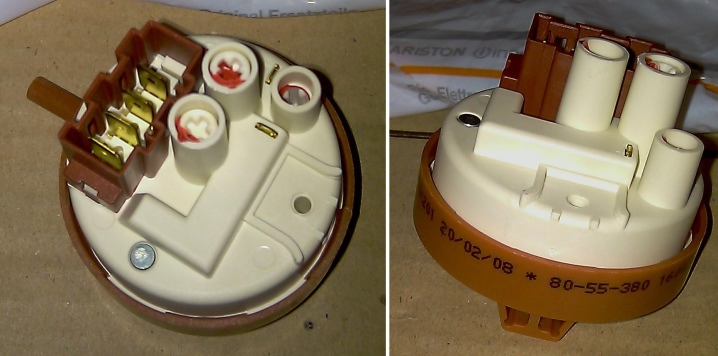
Appointment
The level sensor is one of the key elements of the washing machine, without which it simply could not work. The operation of the unit is corrected by the control unit, to which the sensor transmits signals that there is enough liquid in the tank, you can interrupt its intake and close the water supply valve. It is through the pressure switch that the main module learns that the tank is filled with the required volume of water.
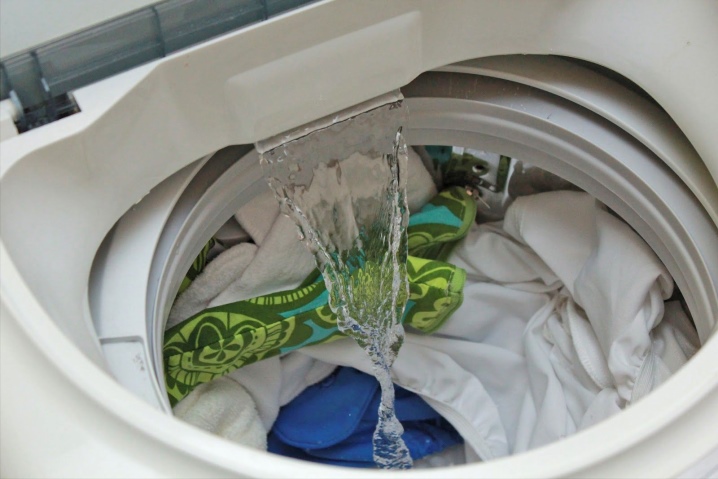
Typical breakdowns
Failure or failure of the water level sensor leads to malfunctions in the washing unit. Outwardly, the symptoms of a breakdown of the pressure switch may look like this:
- the machine washes or connects a thermoelectric heater (TEN) in the absence of liquid in the tank;
- the tank is filled beyond measure with water or, on the contrary, it is frankly not enough for washing;
- when the rinsing mode is started, water is constantly drained and taken;
- the occurrence of a burning smell and activation of the heating element fuse;
- the laundry is not spinning.
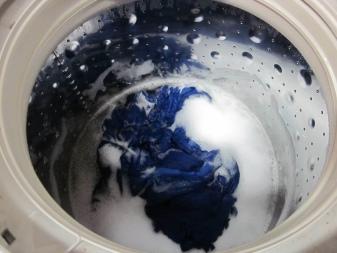
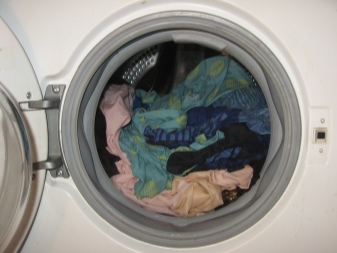
The occurrence of such symptoms should be an excuse to diagnose the health of the water level sensor, for this you need to arm yourself with a screwdriver with various nozzles, since most manufacturers practice fasteners with specialized heads to protect against unauthorized access.
Causes:
- blockages in the water supply hose, high pressure tank;
- violation of the tightness of hoses and valves;
- as a consequence of the above factors - burning of the contacts of the water level sensor itself.
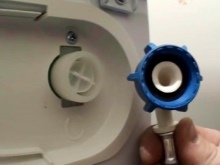


It should be noted that the dominant and main source of these circumstances is the dirt that collects in the system, which provokes all kinds of malfunctions of the water level sensor.
In terms of type, characteristics and conditions of occurrence, this mud is also quite diverse. The first is contaminated water entering the machine, which is not uncommon.
The second is an overdose of washing powder, rinses and conditioners, so stick to the norm. Third - hitting various threads or particles as things themselves, and the pollutants on them, which are able to collect in bulk, decomposing masses. Due to this it is advisable to carry out a preventive wash once every 6 or 12 months to prevent failure and subsequent repairs.
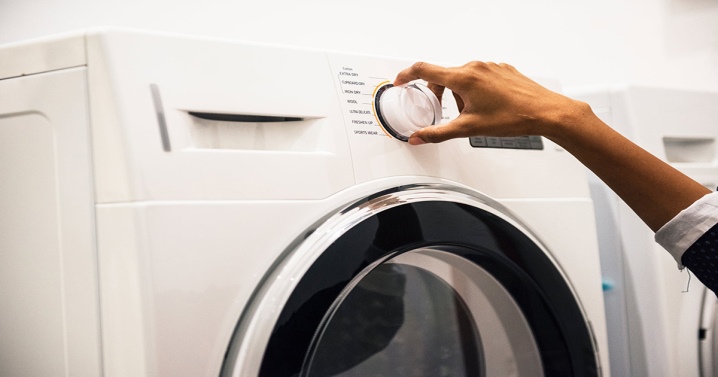
Adjustment
In some situations, the rotation of the water level sensor can be avoided by proper adjustment and adjustment. To adjust the element that controls the water level in the washing unit, there is no need to contact a repair specialist, since such work can be done on our own. The sequence of operations must be followed precisely and work carefully.
Before making adjustments, you need to find out the location of the element. A large number of owners of washing machines mistakenly believe that the sensor is in the body of the drum, only this is wrong. The lion's share of manufacturers places the pressure switch at the top of the drain device housing, which stands near the side panel.
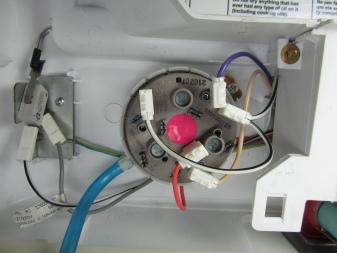
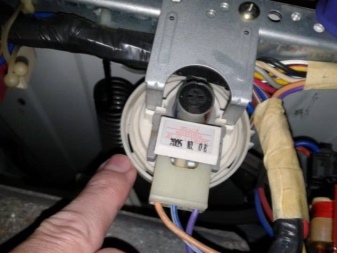
This location is considered to be quite favorable as it makes it easier to access the sensor.
So, the sequence for adjusting the water level sensor of the washing machine looks like this:
- the machine for removing dirt from the linen is disconnected from the power supply and utilities;
- unscrewing the bolts and disconnecting the electrical wiring, remove the water level sensor;
- we find specialized screws through which the tightening or loosening of the contacts in the body of the device is carried out;
- we clean the surface of the sealant.
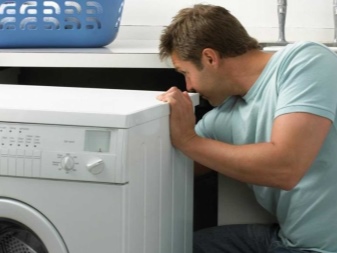
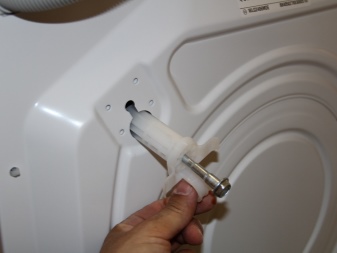
All of the above actions can be considered a preparation stage, since the key work on regulating the pressure switch is still ahead. You will need to try to catch the moment of mixing and disconnecting the contact group with the help of peeled screws. In this case, the well-known "scientific poke method" is practiced, since only a professional repairman of washing machines can have a specialized device for carrying out such work. It will be necessary to act like this:
- the first screw is turned by half a turn, the water level sensor is connected to the machine, it starts up;
- if from the very beginning the machine took in little water, but as a result of regulation it became more - you are on the right track, it remains to unscrew the screw more strongly in the chosen direction and cover it with a sealing compound;
- if the actions with the screw gave the opposite result, it will need to be turned in the opposite direction, making one or 1.5 turns.
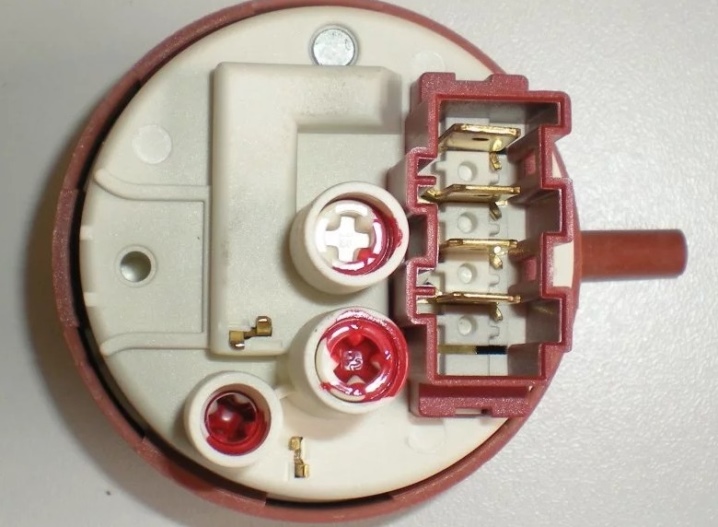
The key goal of regulating a water level sensor is to determine the appropriate performance for it, so that it works on time, accurately determines the volume of liquid poured into the washing machine tank.
Replacement
If the water level sensor does not function, it must be replaced. It will not be possible to repair the pressure switch, since it has a one-piece housing that cannot be disassembled. The new sensor must be the same as the failed one. You can buy it at the manufacturer's service center, at a retail outlet or via the Internet. In order not to make mistakes during purchase, it is necessary to indicate the name and modification of the washing unit or the digital (alphabetic, symbolic) code of the pressostat, if there is one on it.
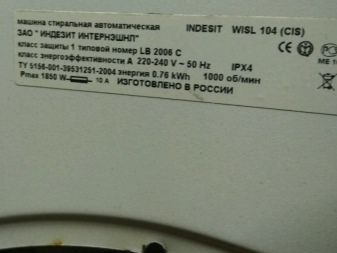
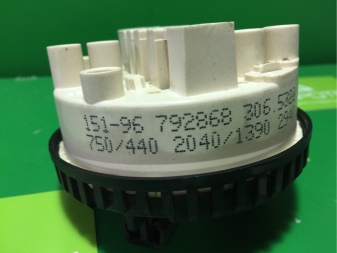
To mount a new water level sensor, you will need to perform the following operations.
- Install the pressure switch in the place of the broken one, fix it with screws.
- Connect the hose to the branch pipe, secure with a clamp. The first duty is to inspect the hose for defects or contamination. If necessary, change or clean.
- Connect the electrical wiring.
- Install the top panel, tighten the screws.
- Insert the plug into the socket, open the water supply.
- Load clothes into the drum and start washing to test the functionality of the pressure switch.
As you noticed, the work is simple and can be done without the help of a specialist.
For the device of the water sensor, see below.













The comment was sent successfully.